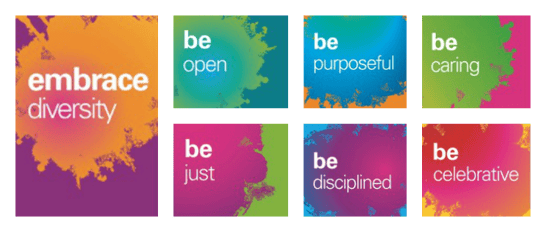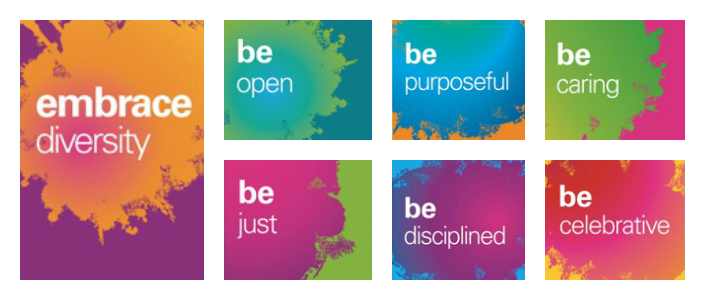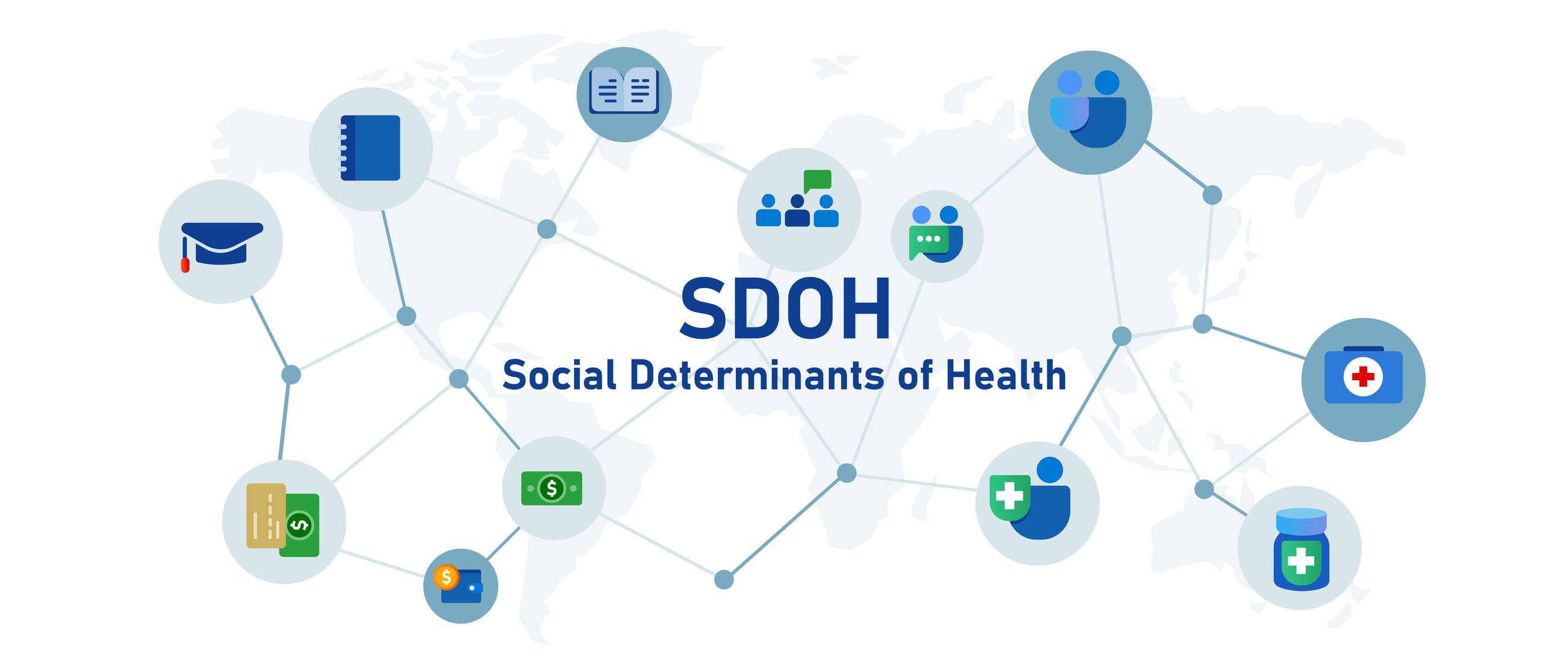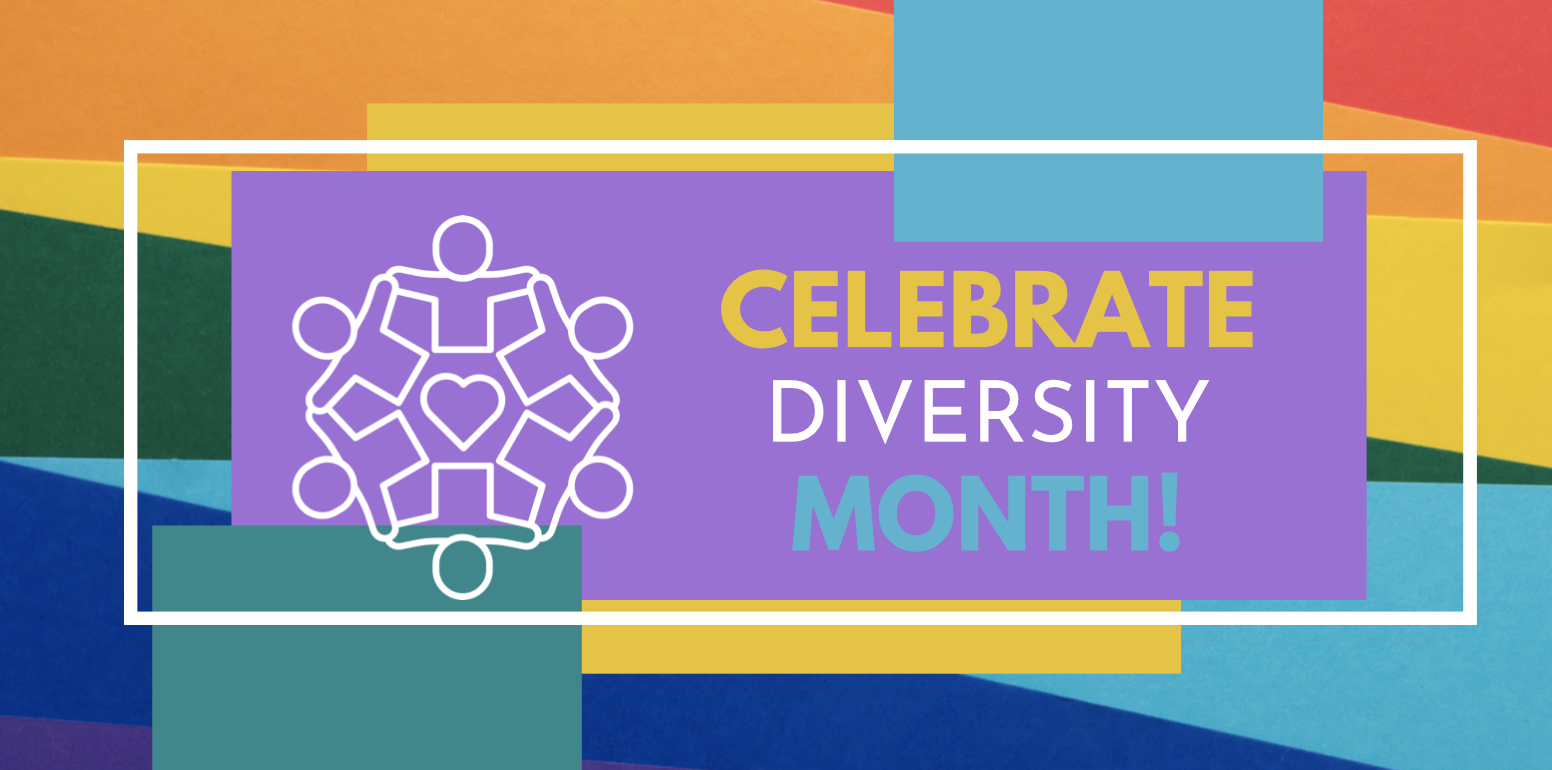 Chief Diversity Officers can make a hospital a more welcoming place for employees and the patient's they serve. It takes many steps for a CDO to make that possible. Continue reading to learn more about how CDO's can help your healthcare organization.
Chief Diversity Officers can make a hospital a more welcoming place for employees and the patient's they serve. It takes many steps for a CDO to make that possible. Continue reading to learn more about how CDO's can help your healthcare organization.
Workplace harassment complaints. Recruiting a diverse workforce. Cultural competency training. These are matters that traditionally fall under HR, but healthcare organizations are increasingly relying on professionals with specialized skills to work on these sensitive and important issues.
Enter the chief diversity officer, or CDO.
As the country grows not only more ethnically diverse but more diverse in personal beliefs, regional origin and identification, and disability status, the demand for leaders who specialize in creating dialogues between people with differences will increase, says Oliver B. Tomlin, III, senior partner at search firm Witt/Kieffer and founding member of National Association of Diversity Officers in Higher Education. He has assisted with several CDO searches.
Below are several functions a CDO might play to make a hospital a more welcoming place both to workers and the community they serve:
1. Make Sure Everyone is Heard
Many of us can remember attending a party or other event where we didn't fit in, possibly because of differences between ourselves and others.
A CDO specializes in being the person who makes sure workers don't have to feel uncomfortable about what makes them unique, and that they can bring their "whole selves" to work, says Deborah L. Plummer, PhD, vice chancellor and chief diversity officer at University of Massachusetts Medical School and UMass Memorial Healthcare.
"If everyone feels they can bring their whole self to work and they feel like differences are respected, it can make the workplace richer and stronger," Plummer says.
"Then, we are able to come together and work in diverse teams, and are able to solve challenges with our collective wisdom."
2. Teach Awareness
What's the next step that will lead toward improved patient satisfaction and both clinician and worker retention? Teaching the workforce to be sensitive to and accepting of the differences that are inherent to a diverse organization or in a diverse community.
Sometimes it's not always easy to gain the trust of people when there are differences involved, especially in light of healthcare disparities members of minority groups often experience, says Tomlin, but educating a workforce can help.
Plummer suggests offering regular inclusion events, hosting employee and community research groups, and familiarizing hospital leadership with hot topics in the workforce and within the community.
She also suggests that CDOs organize training sessions around current topics, such as:
- LGBT-related issues
- Sexual harassment
- Building an inclusive workforce
- Cultural competency education
3. Devise and Implement Inclusion Strategies
Diversity and inclusion aren't easy topics to tackle, says Plummer. "There has to be someone who gets up every morning thinking about the complexity of these differences."
A CDO can fit that bill.
Plummer makes it clear that she believes HR is "necessary and great function. [It keeps] the trains running." But appointing a leader to specialize in diversity makes sense.
"I can say that the space of diversity is more about people strategy and management, while HR is about the employee, and their employment relationship to the organization," she says.
A CDO will be able to prioritize diversity matters above all else; these hot topics will have their full attention. Far from being just another C-suiter, the CDO has potential to be a mediator, a teacher, an outreach coordinator, and someone who helps make your hospital a more comfortable place for everyone.
If you have any questions about Chief Diversity Officers, Diversity and Inclusion, or just a general question, please ask one of our Nurse Leaders by clicking below!









